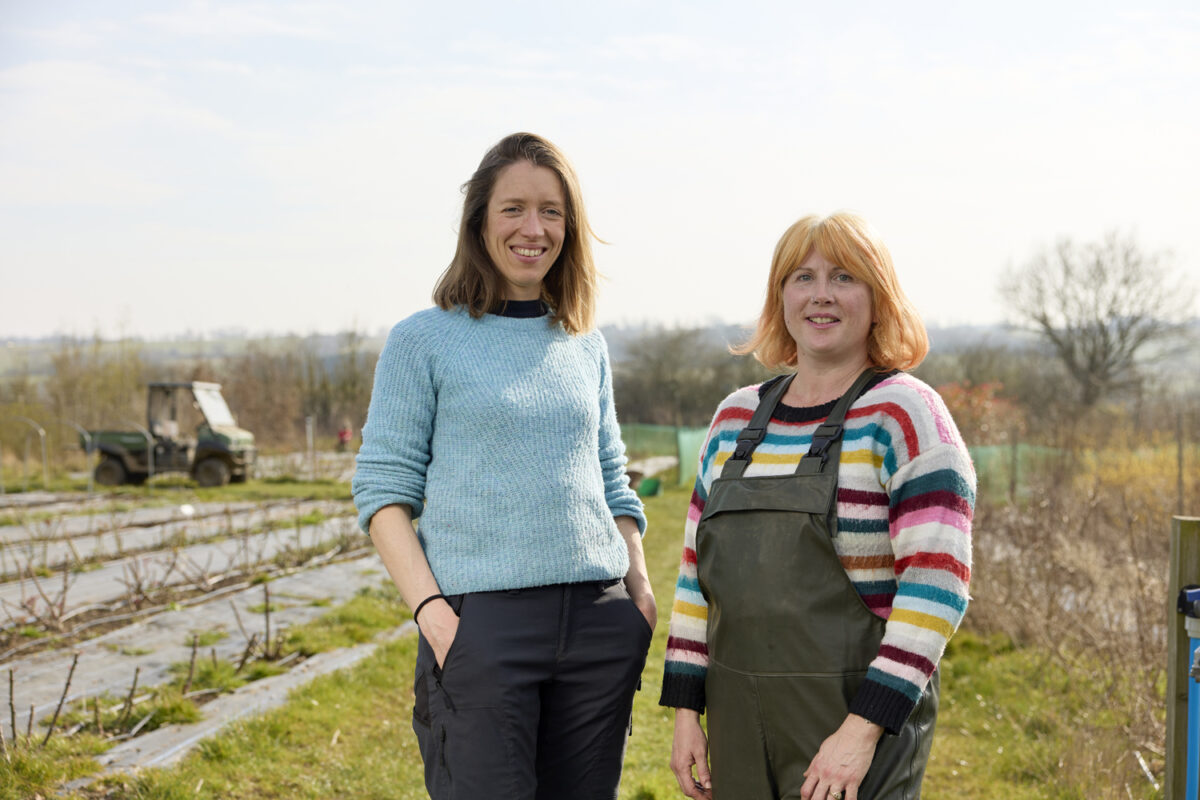2022 UCAS Applicant Figures – 30 June Deadline

Statistical release published on 14 July, providing core numbers for the 2022 June 30 application deadline and graphical illustrations of key trends.
This release includes reports covering different characteristics of applicants (including domicile, age, gender, Indices of Multiple Deprivation and POLAR4 quintile) and provision type (including country of provider). In addition to the interactive tool above we’ve produced CSV files containing the data reported.
Key Data:
- 683,650 Applicants
- 44.1% Application Rate
- 44.1% *POLAR4 Application Rate
Sector Response
Minister for Skills, Further Education and Higher Education Andrea Jenkyns said:
“It is fantastic to see a record number of 18 year-olds from the most disadvantaged areas applying for university – this is real levelling up in action and a catalyst for genuine social mobility.
“This year also marks a key milestone for T Levels and it is encouraging that so many students have applied for higher education.
“We have been keen to encourage students to be ambitious with their study choices and take the time to consider the route that is best for them. That is why the ever-growing interest in degree apprenticeships is so important and illustrates how there are many options for students on their pathway to success.”
Christopher Hale, Interim CEO of Universities UK, said:
“A record number of students from the UK and beyond are choosing the high-quality experience at UK universities. Going to university continues to be a good option and there is strong employer demand for graduate skills. It is positive to see increased interest in higher and degree apprenticeships amongst applicants as students discover alternative routes to higher level skills that best fit their career aspirations and personal commitments. UK universities continue to make good progress in reaching out to students from the most disadvantaged backgrounds so they can realise their ambitions and transform their lives. Applying to university is always competitive but we expect most applicants this year will get their first choice. Admissions teams will be on hand to support those who don’t, and there will be a wide range of choices available.”
Kevin Gilmartin, Post-16 Specialist at the Association of School and College Leaders:
“We are very pleased that there are record numbers of university applications this year from disadvantaged students. It is a reflection of how much support has been given to them by school and college leaders, teachers and support staff. We hope that the high number of applications get turned into actual offers and acceptances, and that the gap between the most disadvantaged students receiving places at the most competitive universities, compared with their more advantaged peers, starts to reduce.
“We are also watching the number of T level students who end up in university with real interest. If T level students are going to end up in university in large numbers, and not in further technical training, then it brings into question why BTECs are being defunded. After all, the government’s main argument for scrapping BTECs in order to introduce T levels, is that too many BTEC students end up in university rather than technical training. The government can’t have it both ways.”
John Blake, Office for Students director for fair access and participation:
“This welcome data shows further increases in the rate of students from the most disadvantaged areas applying to university. Students in this year’s A-level cohort have had their studies disrupted by the pandemic, so universities will need to work to fill any knowledge gaps and help ensure that everyone beginning a course this autumn in able to get the most from their studies.”
Sarah Stevens, Director of Policy at the Russell Group said:
“It is encouraging to see more young people applying to university and being ambitious with their choices, including those from the most disadvantaged backgrounds. It will be a competitive year for admissions, and Russell Group universities are working hard to give as many people the opportunity to study with them as they can, while maintaining a high-quality experience for students. We’re pleased that UCAS predicts record numbers will get their firm choice this year on results days, and there are lots of options available to those who are unplaced or choose to go through clearing.
“Today’s figures also show that despite a highly competitive environment, the UK remains a world-class destination for international students. The strong growth in applications from India and Nigeria, prioritised in the UK’s International Education Strategy, demonstrate efforts to attract students from across the world like the graduate route are beginning to pay dividends.”
Definition
- *POLAR4:
- Developed by the Higher Education Funding Council for England (HEFCE), POLAR4 classifies small areas across the UK into five groups according to their level of young participation in higher education. Each of these groups represents around 20 per cent of young people and is ranked from quintile 1 (areas with the lowest young participation rates, considered as the most disadvantaged) to quintile 5 (highest young participation rates, considered most advantaged).
- POLAR4 is based on the participation rates of young people between 2006 and 2011, who entered higher education between 2009-10 and 2014-15. It is, therefore, most suitable for applicants aged 19 and under. These groups are assigned using the postcode declared by the applicant at the time of their application. Updates in geographical classifications may result in small changes to the POLAR4 quintile assignment of applicants between reporting cycles.
- Developed by the Higher Education Funding Council for England (HEFCE), POLAR4 classifies small areas across the UK into five groups according to their level of young participation in higher education. Each of these groups represents around 20 per cent of young people and is ranked from quintile 1 (areas with the lowest young participation rates, considered as the most disadvantaged) to quintile 5 (highest young participation rates, considered most advantaged).











Responses